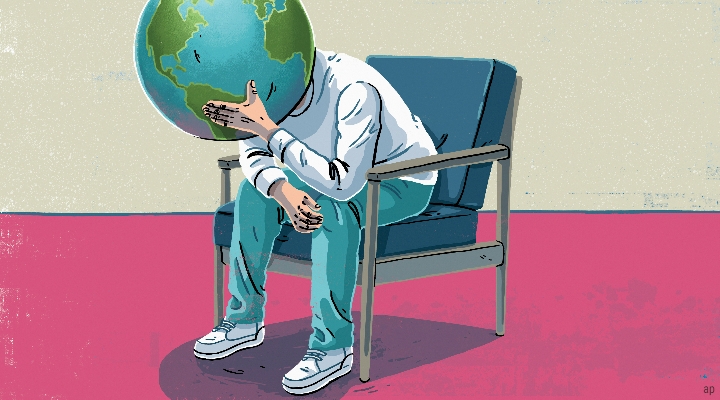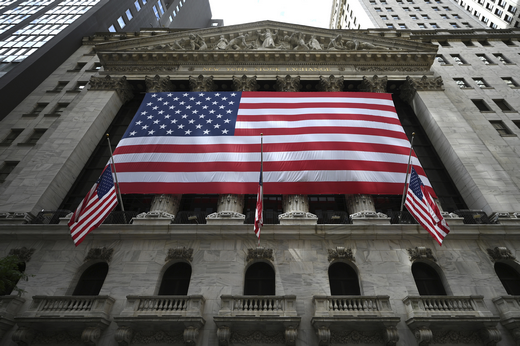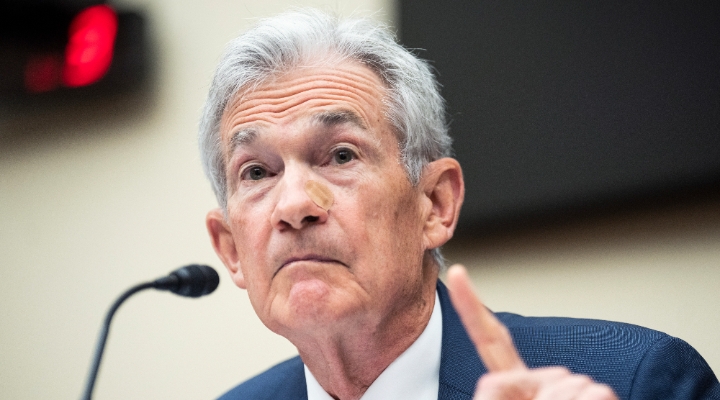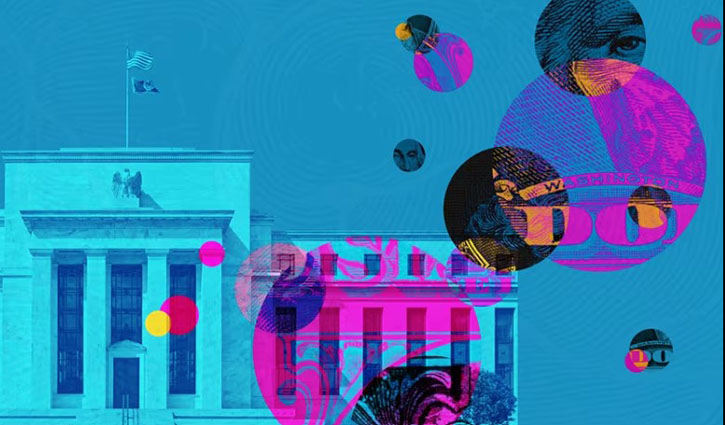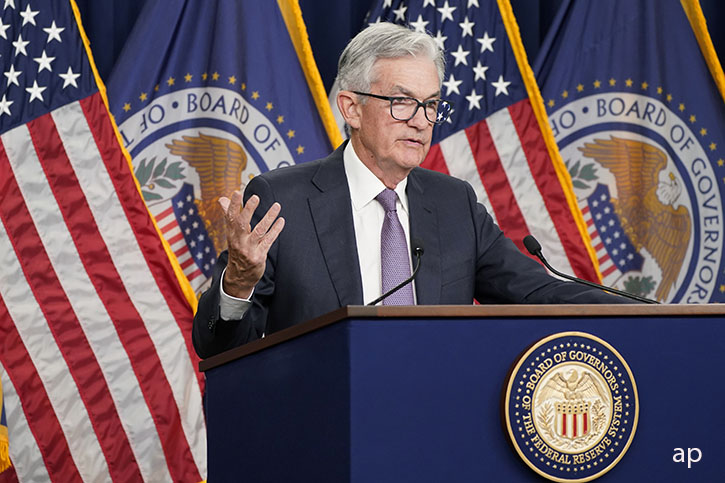
The numbers: The cost of living rose 0.4% in September and pointed to high inflation persisting through the end of the year.
This reinforces the view the Federal Reserve will keep raising interest rates aggressively to try to curb rampant price increases.
Economists polled by The Wall Street Journal had forecast a 0.3% increase. The yearly rate of inflation slipped to 8.2% from 8.3%. Inflation peaked at a nearly 41-year high of 9.1% in June.
In another worrisome sign, the “core” rate of inflation, which omits food and energy prices, jumped a sharp 0.6%. Wall Street had forecast a 0.4% gain. The increase in the core rate over the past year climbed to a new peak of 6.6% from 6.3%, marking the biggest gain in 40 years.
The Federal Reserve views the core rate as a more accurate measure of future inflation trends.
The cost of staples such as food, rent, medical care and new cars also all rose last month. Inflation rose an average of less than 2% a year in the decade preceding the pandemic.
Bigger picture: The Fed has embarked on a series of interest-rate increases aimed at quenching the worst inflation since the early 1980s, but progress has been slow
Still, the higher cost of borrowing is expected to weaken the economy over the next year and pull inflation lower. Prices tend to fall when consumers spend less and demand for goods and services dry up.
The Fed may have to raise rates so high to beat back inflation, however, that it could tip the economy into recession. The annual rate of inflation is more than quadruple the pre-pandemic levels of less than 2%.
Top officials signalled they will do what it takes to beat down inflation – even at the cost of recession - at the Fed's last big meeting in September.







